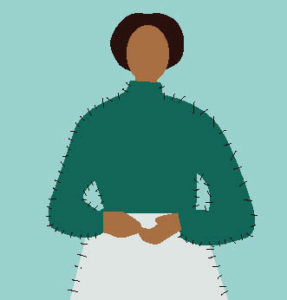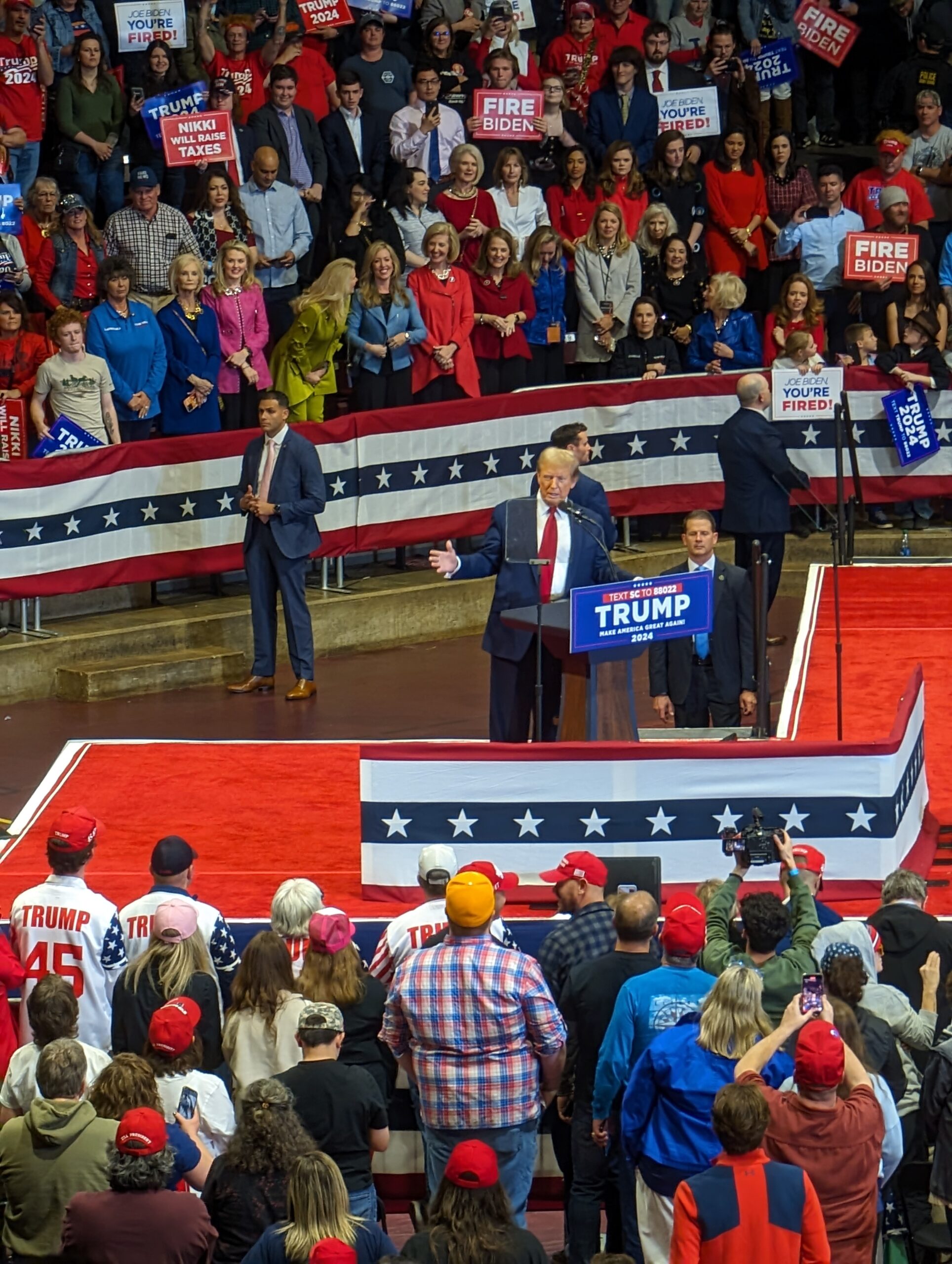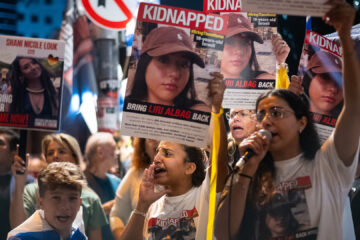Throughout history, there have been many successful African American artists. A few of these talented men and women are included in this article.
Harriet Powers (1839 – 1910) was an African-American slave from rural Georgia who recorded local legends, Bible stories, and astronomical events through quilt making. Her quilts are considered one of the most excellent examples of 19th century Southern quilting and are on display at the National Museum of American History in Washington, D.C., and the Museum of Fine Arts in Boston, Massachusetts. Only two of her quilts are known to have survived to this day: “Bible Quilt” (1886) and “Pictorial Quilt” (1898).
Edmonia Lewis (1844 – 1907) was the first professional African-American and Native-American sculptor. One of her works, “Forever Free” (1867) depicted a black man and woman breaking from the bonds of slavery. Another, and possibly one of her most famous works, “The Death of Cleopatra” (1876) was met with critical acclaim when she presented it at the Philadelphia Exposition in 1876.
 Bill Traylor (1854 – 1949) was an African-American self-taught artist who was born into slavery. After emancipation, Traylor was still trapped in the economic structure of the south, which forced him to become a sharecropper. From 1939 to 1942, Traylor produced nearly 1,500 works of art.
Bill Traylor (1854 – 1949) was an African-American self-taught artist who was born into slavery. After emancipation, Traylor was still trapped in the economic structure of the south, which forced him to become a sharecropper. From 1939 to 1942, Traylor produced nearly 1,500 works of art.
May Jackson (1877 – 1931) was an African-American sculptor who was known as one of the first black sculptors to purposefully use America’s racial problems as the theme of her art. Jackson was known to have been mistaken for being Caucasian, but when her racial identity was found out, she was often subjected to humiliating rebuffs. She addresses the issues of identity in her work “Mulatto Mother and Child” (1929), which became one of her most famous works.
Augusta Savage (1892 – 1962) was a leading artist of the Harlem Renaissance as well as an activist and arts educator. Her sculptures earned her fame as one of the leading artists of the Harlem Renaissance. She also became the first black artist to join the National Association of Women Painters and Sculptors. Some of her works included busts of prominent African Americans such as W.E.B. Du Bois and Marcus Garvey.
Jacob Lawrence (1917 – 2000) was an African American painter and the most widely acclaimed black artist of the 20th century. He is best known for his “Migration Series,” where he brought the African-American experience to life, using a juxtaposition of blacks and browns to vivid colors.
Simmie Knox (1935 – ) is known as the first African-American Artist to create an official U.S. presidential portrait. His portrait of President Bill Clinton was debuted in 2004. Knox has specialized in oil portraiture since 1981, and has been commissioned by everyone from U.S. Supreme Court Justices to celebrities.
Barkley L. Hendricks (1945 – 2017) was a contemporary African-American painter who frequently painted black Americans against monochrome backdrops. Hendrick’s work merged American realism and postmodernism, depicting the voices of the under-represented blacks of the 1960s and 1970s. Hendricks made groundbreaking contributions to black portraiture.
Jean-Michel Basquiat (1960 – 1988) first earned a name for himself as a graffiti artist under the name of “SAMO” in New York. He is best known for his primitive style and his collaboration with Andy Warhol. Basquiat is credited with introducing the African-American and Latino experience to the elite art world.
Kara Walker (1969 – ) is an African-American artist who is best known for her large paper silhouettes. Her work explores the social issues surrounding gender, race and black history and has been exhibited worldwide. Walker’s work primarily focuses on creating pieces that tell a story rather than working towards beauty or perfection.




